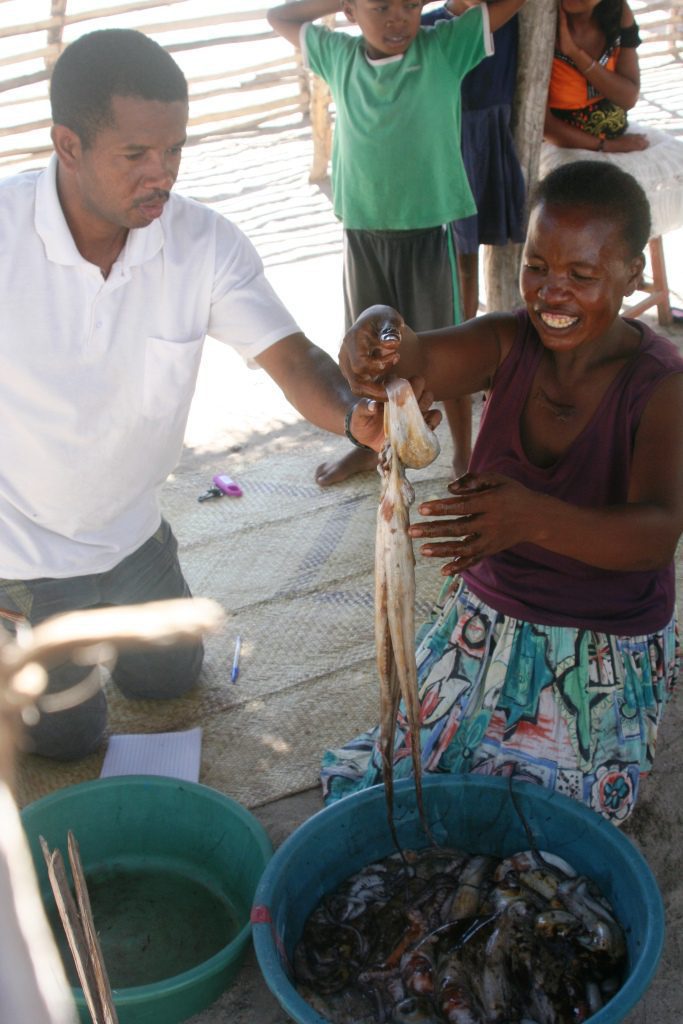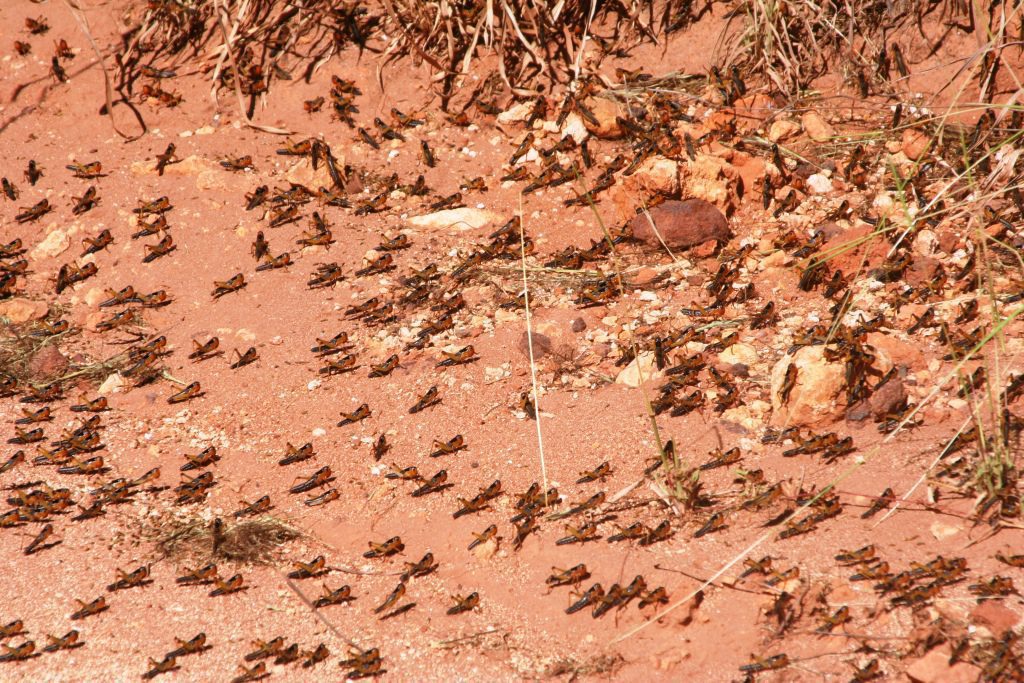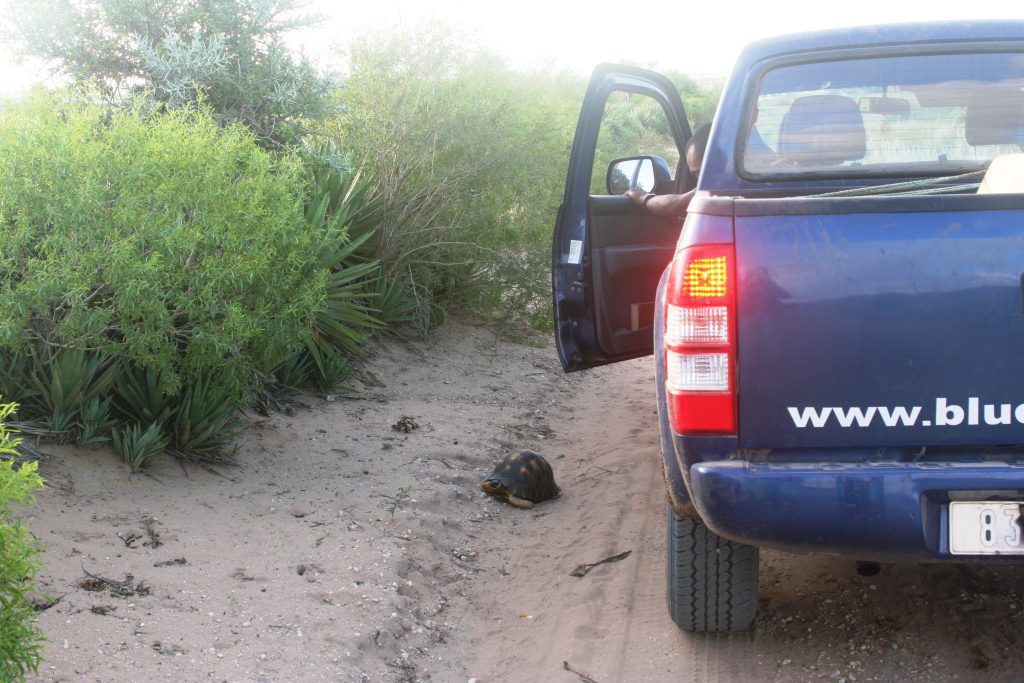by Sophie Benbow, Southwest Regional Coordinator, Madagascar
I have become a city girl again. My move to Toliara, the capital of the southwest region after two years in Andavadoaka, a small fishing village has dramatically reduced my exposure to nature and enhanced my reaction to it. Toliara wildlife consists of your friendly neighbourhood rats, cockroaches and various other bugs which appear and disappear throughout the year in seasonal blooms.
I have just returned from a five day participatory mapping and data verification trip to 15 villages south of Toliara aka ‘the deep south’. I had heard many stories about the state of the roads and the journey ahead of me – and was even warned against it by my boss. However, it turned out to be both a truly wonderful experience personally for me, and a hugely important verification trip for the regional octopus stock assessment Blue Ventures is currently managing. This project employs a network of local data collectors in 30 villages throughout the southwest region and monitors the daily octopus catch landed in the sample villages.
The road was remarkably good for most of the 8 hour journey from Toliara to Soalara, although it was a little disheartening to say the least to arrive in Soalara and be able to make out the lights of Toliara across St. Augustin Bay a mere 2 hour boat ride away! Having said that, the hours of bumping along were well compensated for by frequent flashes of colour as a Madagascar Fody (Foudia madagascariensis) startled from its roadside perch, or an abrupt swerve from the driver to avoid a chameleon slowly making its way across the single track road.
At one point we were confronted by a literal flood of locusts on the road in front of us which slowly hopped out of the way, or not. Having been immersed in the marine problems of the southwest for the last four years it was interesting to learn more about the terrestrial issues facing inland communities in southern Madagascar. There is a government project dedicated to locust eradication and control based in Betioky, so we contributed as much as we could by squashing as many madly hopping locusts as possible. The depth of the problem was clearly highlighted to us as, on more than one occasion, we were literally surrounded by flying insects, bouncing off the windscreen and bonnet in all directions and sounding like a hailstorm was engulfing us.
One plus point of this plague is the resulting increase in availability of food for both human and avian predators. We drove by a group of ‘forest seiners’ skimming the low vegetation with a tarpaulin to catch the locusts and they seemed to have got themselves quite a haul. We also drove past flocks of up to 50 yellow billed kites (Milvus aegyptius) hanging around on the edges of the swarms and feasting on the frantically leaping bugs.
And then the true sign that we were in the deep south, a radiated tortoise (Astrochelys radiata) attempting a road crossing. These endemic and highly endangered tortoises are one of four species of land tortoise found in Madagascar. They were once prevalent throughout the region and are naturally protected from hunting by local tribes in some areas as it is taboo or ‘fady’. Unfortunately this fady does not spread across the whole southern region and today the tortoises exist in small, isolated populations due to their place on the festive menu of the Antanosy tribe.





